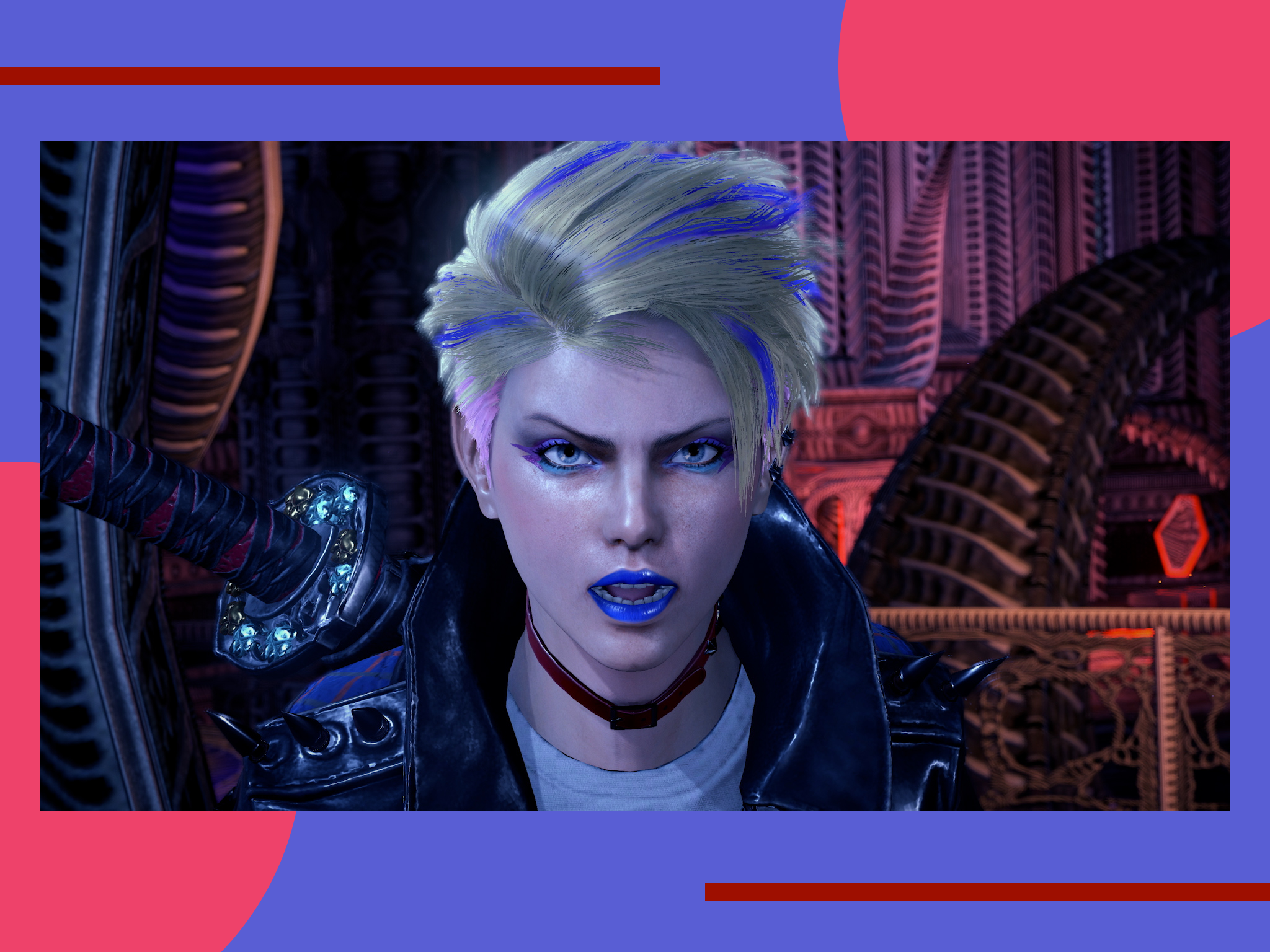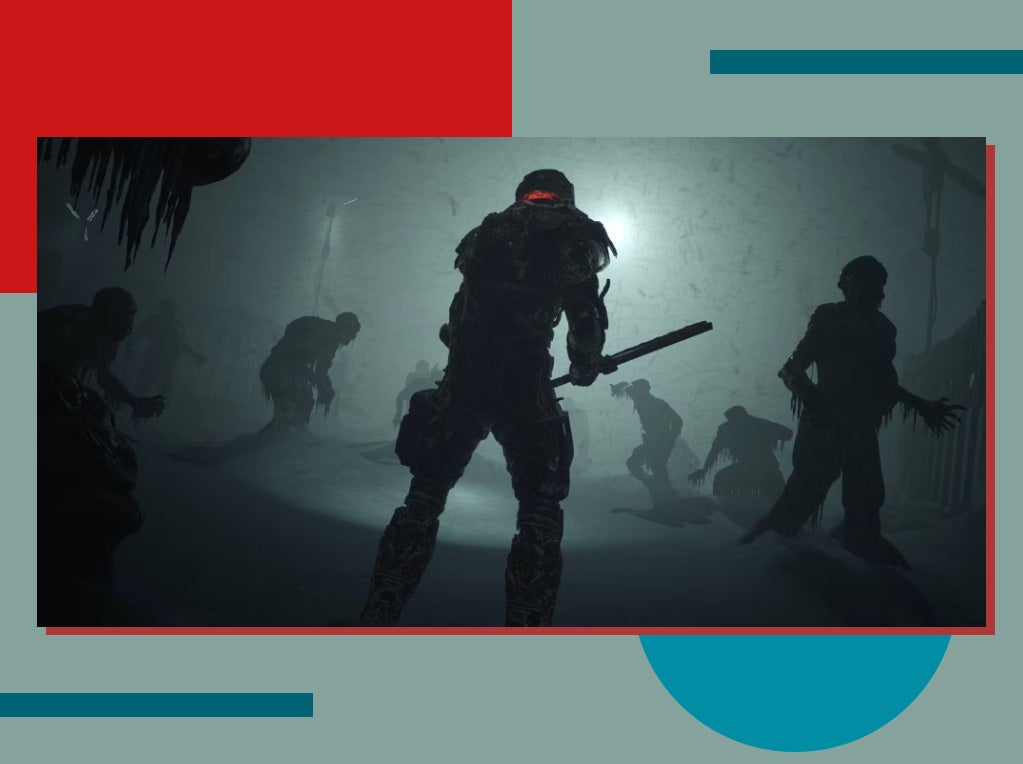The Independent's journalism is supported by our readers. When you purchase through links on our site, we may earn commission. Why trust us?
A Plague Tale Requiem review: Hide-and-squeak action
Escape the plague like a rat up a drainpipe
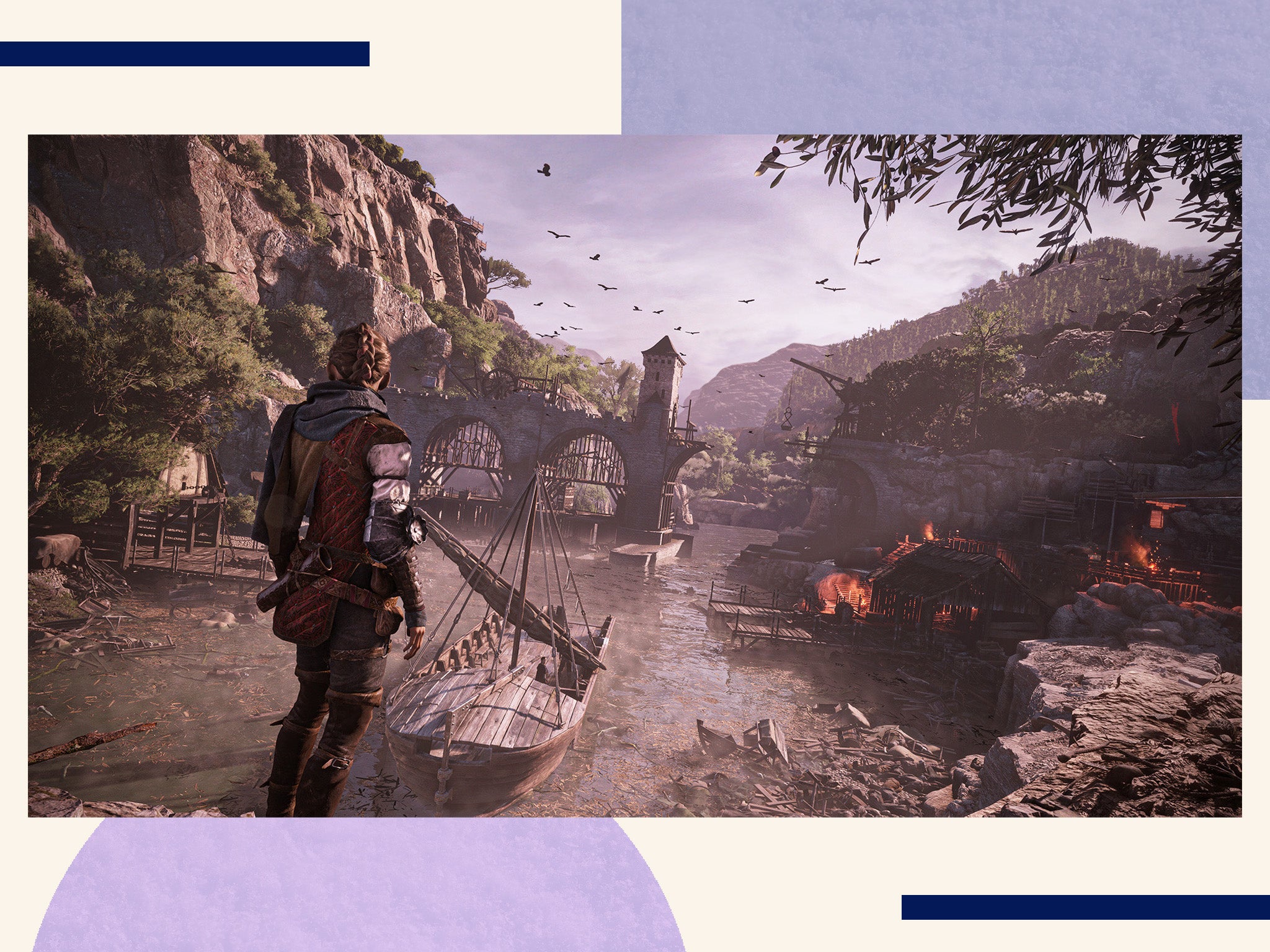
While Asobo Studio has made a name for itself with the most recent version of Microsoft Flight Simulator, it had previously dipped its toes into the narrative action-adventure genre, influenced by titles such as The Last of Us and Brothers: A Tale of Two Sons with its own take on the genre: A Plague Tale Innocence.
The latter features an emphasis on stealth and unique puzzle-solving mechanics that made excellent use of lighting and adversaries most commonly associated with the spread of the black plague: rats.
In the game’s sequel, Asobo Studio has been able to effectively build on the ideas that made Innocence a compelling, albeit short, adventure – not only has the developer expanded the runtime, it’s also broadened the scope of the world in which the game is set, while still managing to maintain its sense of pacing.
A Plague Tale Requiem is not only a bold return to the more-linear narrative for Asobo Studio, but also an artistic and technical showcase that demonstrates the studio’s ability to create dynamic environments and compelling characters.
But while its set pieces are often memorable, occasionally repetitive and measured puzzles that make up much of the journey can wear thin.
How we tested
Our playthrough of A Plague Tale Requiem is based on the PS5 version of the game. In our 18-hour playthrough, we were able to complete the main story, as well as uncover some of the game’s hidden secrets.
‘A Plague Tale Requiem’: £39.95, Amazon.co.uk
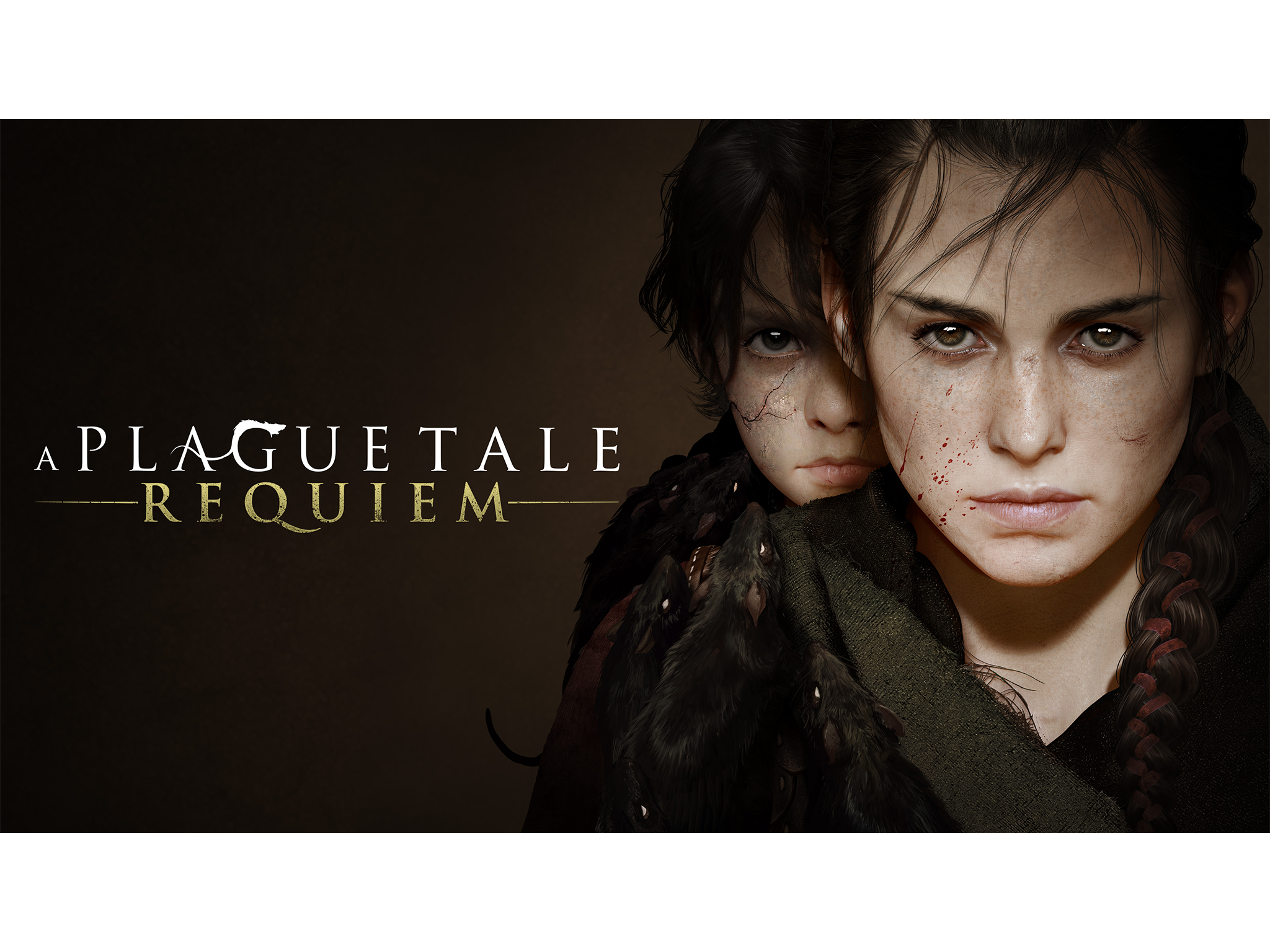
- Rating: 4/5
- Release date: 18 October 2022
- Platforms: PlayStation, Xbox, PC, Nintendo Switch (cloud version)
- Age rating: 18+
Set amid the pestilence of 14th-century France, A Plague Tale Requiem sees returning leads Amicia and Hugo continue their story from the end of Innocence, with the pair’s short-lived respite from the plague ending abruptly, as Hugo’s supernatural abilities rise from their dormancy. The siblings must seek a cure by journeying through the South of France and explore the Mediterranean, all while escaping hostile soldiers and a sea of plague-ridden rats.
The siblings’ bond and resolve have hardened from the events of the first game, with Amicia more ruthless and capable of brutality to help her ailing brother by any means necessary. Hugo’s condition, an ancient curse known as the Macula, means he is able to control the rodent hoards capable of destroying entire cities, and as he grows more acutely aware of these supernatural abilities, his doe-eyed optimism would be enough to give Tiny Tim a run for his money.
Amicia and Hugo are still young, aged about 16 and six, respectively, meaning encounters with heavily armed soldiers are ill-advised, as they can be overpowered, with little margin for error. Most encounters require a stealthy approach. While Amicia had little more than a sling with which to pelt enemy soldiers in the head from a distance in Innocence, her arsenal has expanded significantly, giving her access to a wider variety of projectiles and, later on, even a crossbow (although ammunition is scarcer).
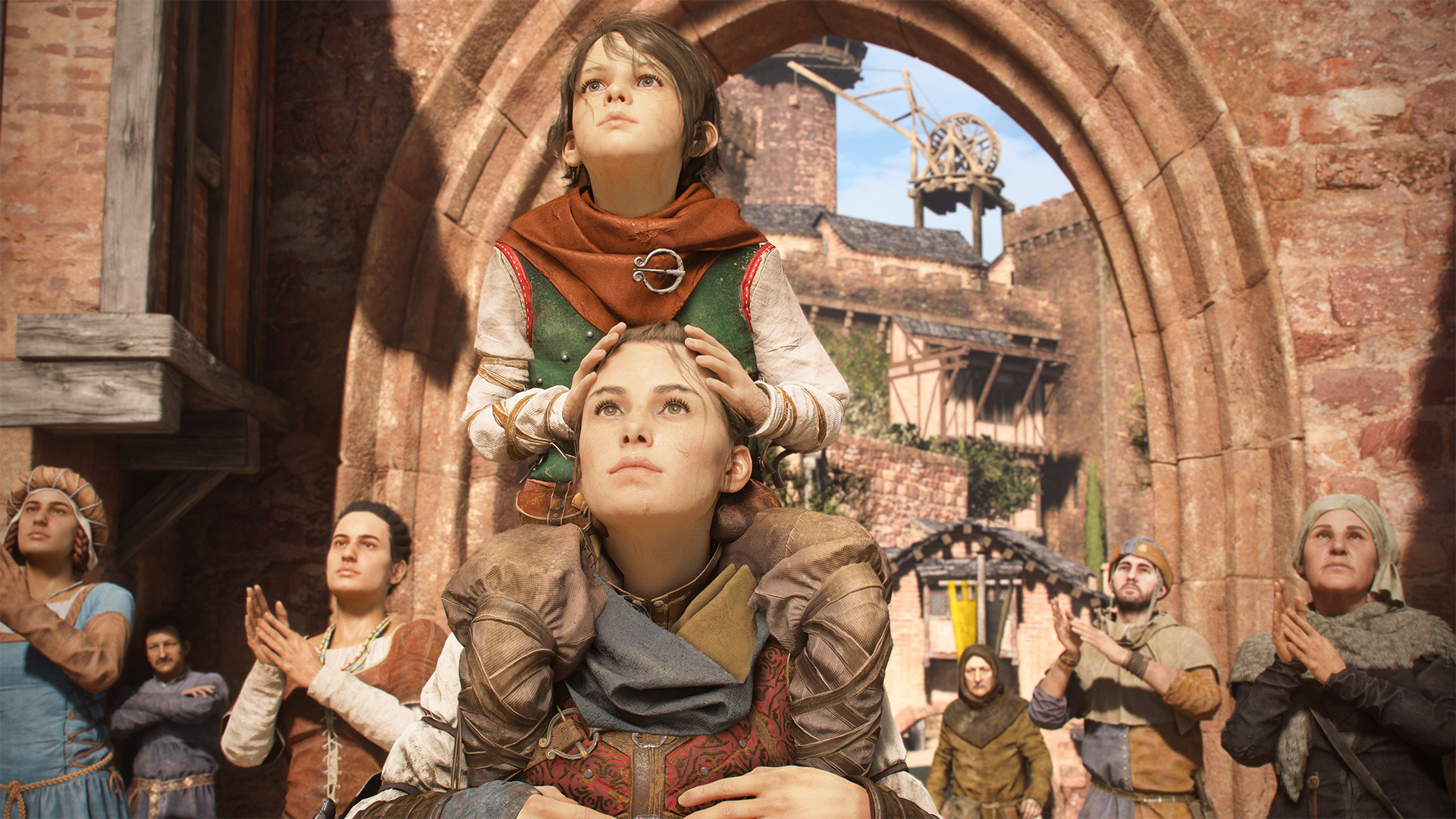
The other, larger threat to the siblings is the proliferating hoards of rats that can envelop the environment they find themselves in, with the only means of defending against the mangy, red-eyed rodents being sources of light, such as campfires and torches. If any creature, friendly or otherwise, so much as touches the creatures for more than a few seconds, they are quickly consumed.
In order to navigate dark areas, Amicia can manipulate light sources to her advantage to direct the spread of rats. Using her sling and a mix of alchemical concoctions, Amicia can light, extinguish and even intensify distant fires, making each concentration of rats ebb and flow to occupy dark spaces. Even soldiers with torches can be targeted, for a particularly gruesome ending. Through this, each scuttling labyrinth turns into its own light-switch puzzle, while simultaneously dealing with the threat of pursuers that try to catch the duo.
As Hugo’s supernatural illness begins to manifest itself, it gives him the ability to control a swarm of rats for a limited time, operating as a deadly hive-mind that can scurry and attack enemies directly. Controlling the rats for too long will lead Hugo to succumb to his illness even more, but in short bursts it can be an effective way of clearing stragglers unlucky enough to be caught in the dark.

During set pieces, Amicia may be required to take out waves of charging enemies with her modest loadout of weaponry, using a mix of explosive projectiles and firepower to execute waves of enemies.
While heavily armoured guards take more time and planning to overcome, each sequence becomes less of a demonstration of accuracy and technical prowess but rather an exercise in resource management through trial and error. There’s usually an abundance of resources at any given time, yet the lack of the correct ammunition at the start of a fight can lead to frustrating workarounds.
Where Innocence was decidedly gloomy in its appearances, Requiem utilises the full potential of its Mediterranean setting, pitting the troubled brother and sister against idyllic beaches, open fields and vast horizons, as a contrast to the death and destruction of the time.

Even the rat swarms, as unsettling as their erratic movements may be, are impressive in their mass and undulation, with their beady red eyes visible across a dark expanse. It’s as much a technical feat as an artistic one to have as much detail overwhelm the screen with rarely a noticeable drop in performance as it’s being executed.
Verdict: ‘A Plague Tale Requiem’
Both in scale and execution, A Plague Tale Requiem is an ambitious follow-up to Innocence that retools its core puzzle-and-stealth gameplay for a broader and more satisfying historical narrative adventure with fantasy elements.
While puzzles are immediately intuitive and its action elements are much more rewarding, they rarely stretch the player’s brain enough to give much pause, making for a breezy, yet memorable adventure.
Buy now £39.95, Amazon.co.uk
Read more: Best VPNs
Want more game inspiration? Check out our round-up of upcoming PS5 titles



